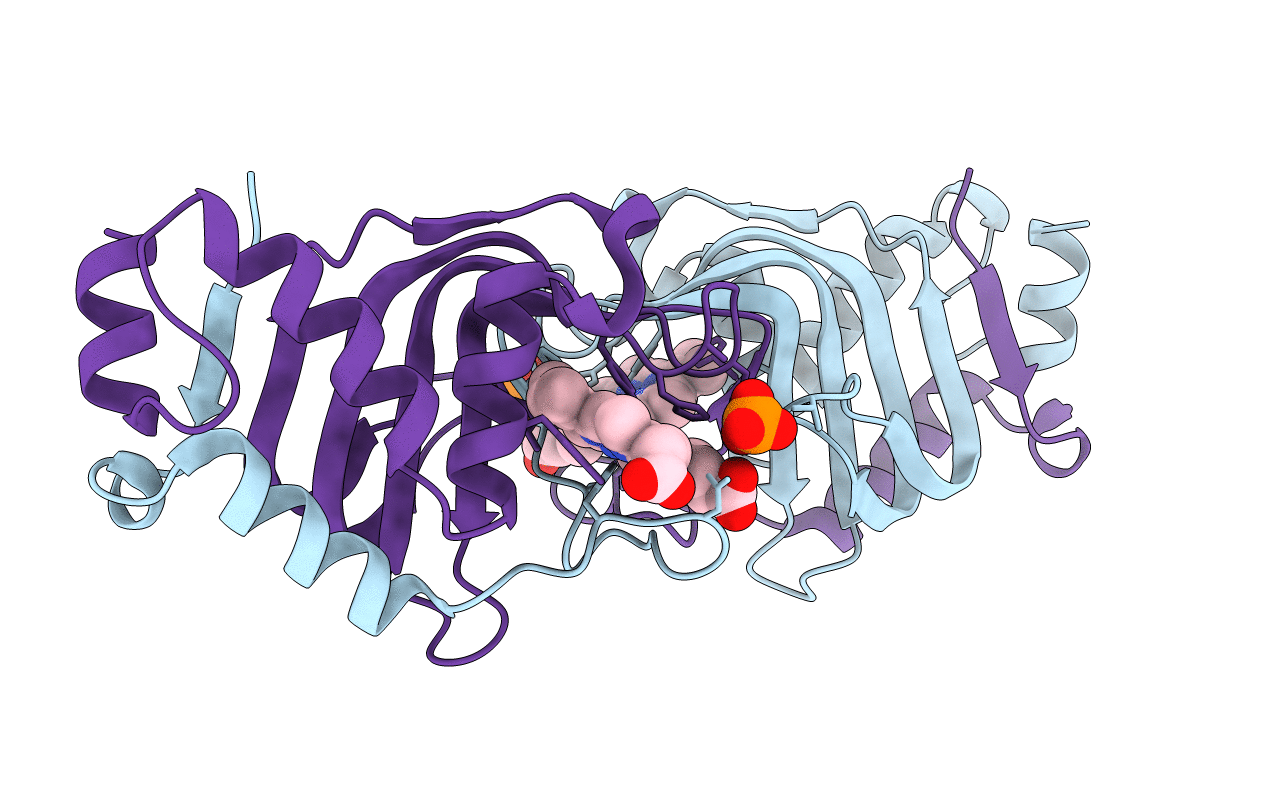
Deposition Date
2006-05-18
Release Date
2006-05-26
Last Version Date
2023-12-13
Entry Detail
PDB ID:
2CN4
Keywords:
Title:
The crystal structure of the secreted dimeric form of the hemophore HasA reveals a domain swapping with an exchanged heme ligand
Biological Source:
Source Organism:
SERRATIA MARCESCENS (Taxon ID: 615)
Host Organism:
Method Details:
Experimental Method:
Resolution:
2.30 Å
R-Value Free:
0.22
R-Value Work:
0.16
R-Value Observed:
0.17
Space Group:
P 1 21 1


